Miliswa Ndziba
Miliswa Ndziba is an architecture practitioner and researcher who was born on 27 October 1993 in Durban, South Africa. She matriculated from Pretoria High School for Girls in 2011, and completed her B.Sc. in Architecture from the University of Pretoria in 2018. She went on to complete her Bachelor of Architecture Honours and Master of Architecture from the Graduate School of Architecture (GSA) at the University of Johannesburg in 2020 and 2021, respectively. In 2022, she co-founded the architecture collective room19isaFactory, worked as unit assistant to Unit 19 at the Graduate School of Architecture (GSA), and participated in her first exhibition Situated Making at the FADA Gallery in 2022.
Miliswa approaches architecture as the practice of manifesting the fantasy of persons/people through space-making. Her interests lie in dismantling the continued construction and preservation of spatio-political utopias, through worldbuilding techniques such as Saidiya Hartman’s ‘Critical Fabulation’. Her practice of child-play-as-analogue-modelling redefines methodologies used in the field of geology - such as models and modelling, analogies, experimentations, simulations and spatial visualisations - as child-play. Through child-play-as-analogue-modelling she proposes ways of both mapping site and projecting alternate realities onto site at various scales, through child-play at the intimate scale.
Photo credit: Boitumelo Mazibuko
Artist Statement
I approach architecture as the practice of manifesting the fantasy of persons/people through space-making. My interests lie in dismantling the continued construction and preservation of spatio-political utopias, through worldbuilding techniques such as what African American feminist writer, Saidiya Hartman terms “critical fabulation”. My transdisciplinary practice of child-play-as-analogue-modelling redefines methodologies used in the field of geology – such as models and modelling, analogies, experimentations, simulations and spatial visualisations (Bolacha, n.d.) – as child-play. Through child-play-as-analogue-modelling, I propose ways of mapping sites and projecting alternate realities onto sites.
On SYM | BIO | ART
My work on this exhibition, titled Ocean in a Box: A Reimagining of the Aesthetics of Demolition through Analogue is the next iteration of Forts of Sand: A Reimagining the Aesthetics of Demolition through Worldbuilding. The first iteration of this work was shown at the FADA Gallery, Johannesburg in 2022 on the group exhibition titled Situated Making. In this project, I use mythology as design, together with existing social beliefs to produce alternate versions of reality (and the future) that are powerful enough to override the present. The creation myth makes use of Saidiya Hartman’s critical fabulation (2008), which is a world building tool that makes productive sense of the orchestrated absences in the archive of the trans-Atlantic Slave Trade, to reimagine the story of the Mozambiquan slave ship, the Sao Jose Paquette de Africa, which was shipwrecked in 1794 off the coast of Clifton’s fourth beach Clifton 4th Beach in Cape Town (Cooper 2015). The narrative is then simulated through child-play-as-analogue-modelling with sandplay and experimentation. Due to its symbiotic and overlapping characteristics with alga – like how they both occur in aquatic and semi-aquatic habitats or how both groups asexual reproduction occurs by accessory or microspores (Similarities between Algae and fungi, n.d.) – mycelium is used to simulate the projected growth of the algal bloom. The mycelium traces the passage that the algal bloom follows as it drifts along on the surface of the ocean., and its eventual colonisation of the ruin of Chapel de Nossa de Baluarte on the Island of Mozambique, which is fantasised as the ruin “returning to the earth, melting back into the landscape” (Dwyer 2009).
Sources cited
Bolacha, E. (n.d.). The Concept of Analogue Modelling In Geology: An Approach to Mountain Building. lsg.ucy.ac.cy. [online] Available at: https://www.academia.edu/16033044/the_concept_of_analogue_modelling_in_geology_an_approach_to_mountain_building [Accessed 29 Nov. 2022].
Cooper, H. 2015. Grim History Traced in Sunken Slave Ship Found off South Africa. The New York Times. [O]. Available: https://www.nytimes.com/2015/06/01/world/africa/tortuous-history-traced-in-sunken-slave-ship-foundoff-south-africa.html
Dwyer, J., 2009. Ruins and the embrace of nature. Australian Garden History, [online] 21(2), pp.10-14.
Available at: <https://www.jstor.org/stable/24919165>
Hartman, S. 2008. Venus in Two Acts. Small Axe: A Caribbean Journal of Criticism, 12(2), pp.1-14.
Similarities between Algae & fungi (no date) Steadyrun. Available at: https://www.steadyrun.com/similarities-algae-fungi
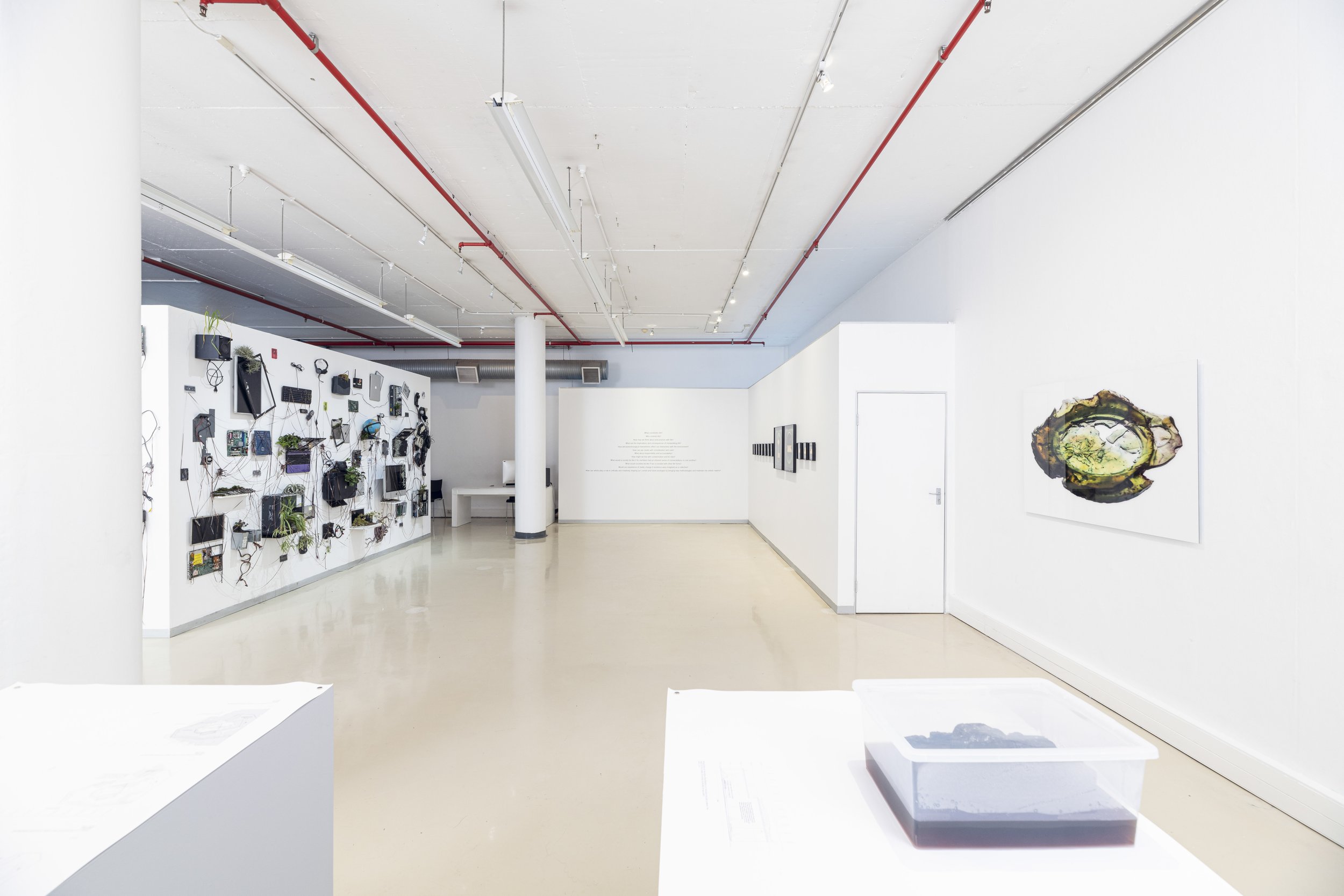
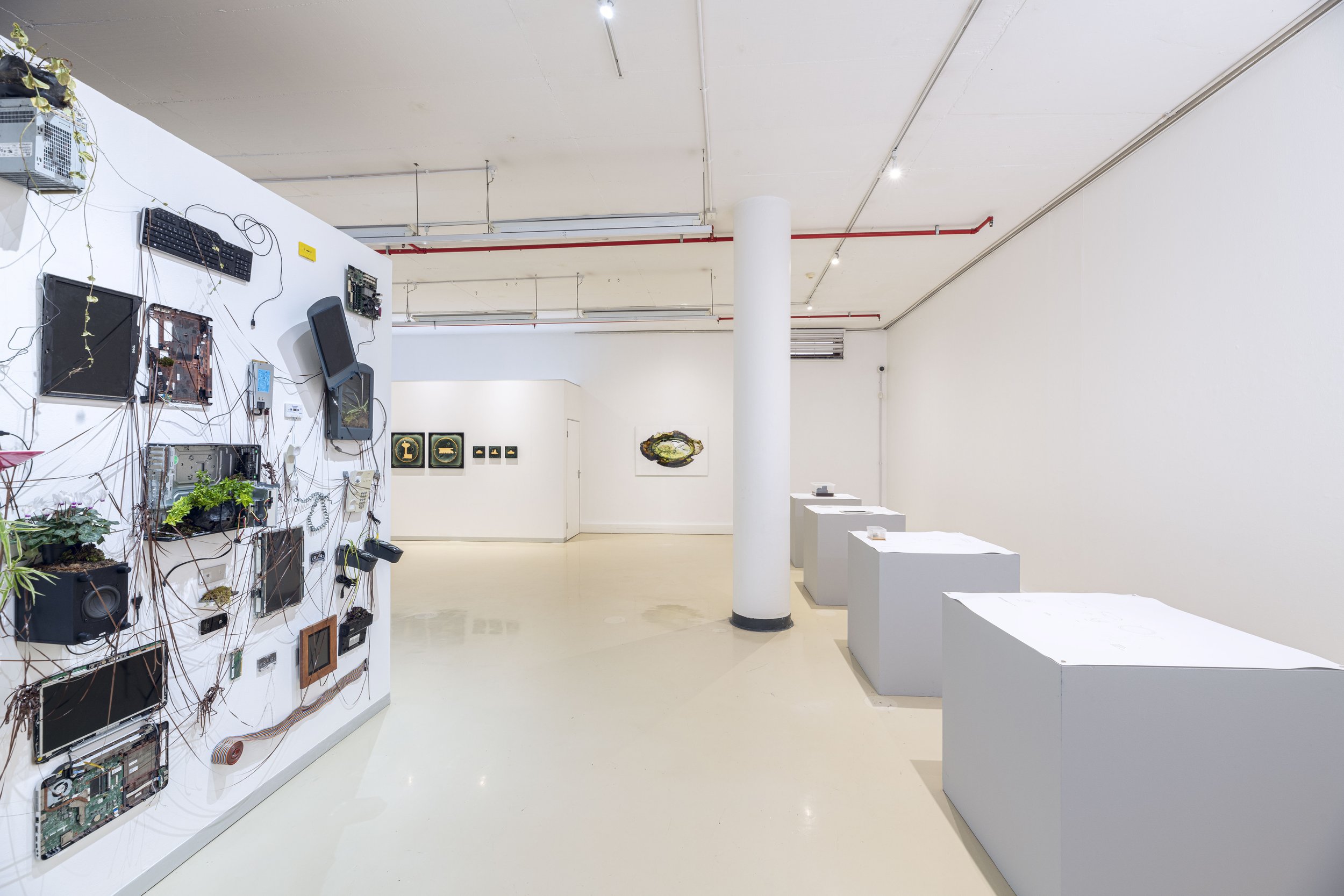
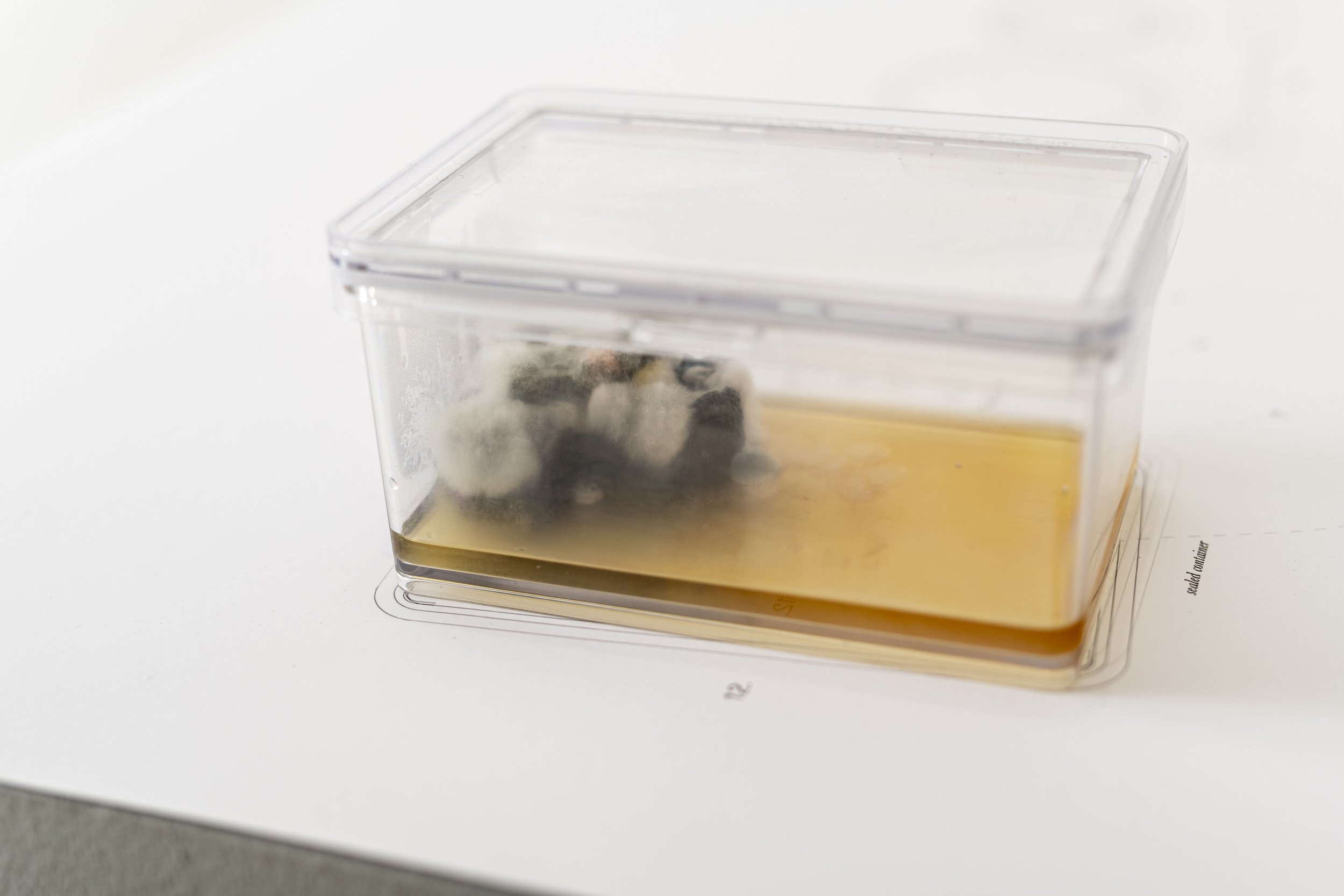
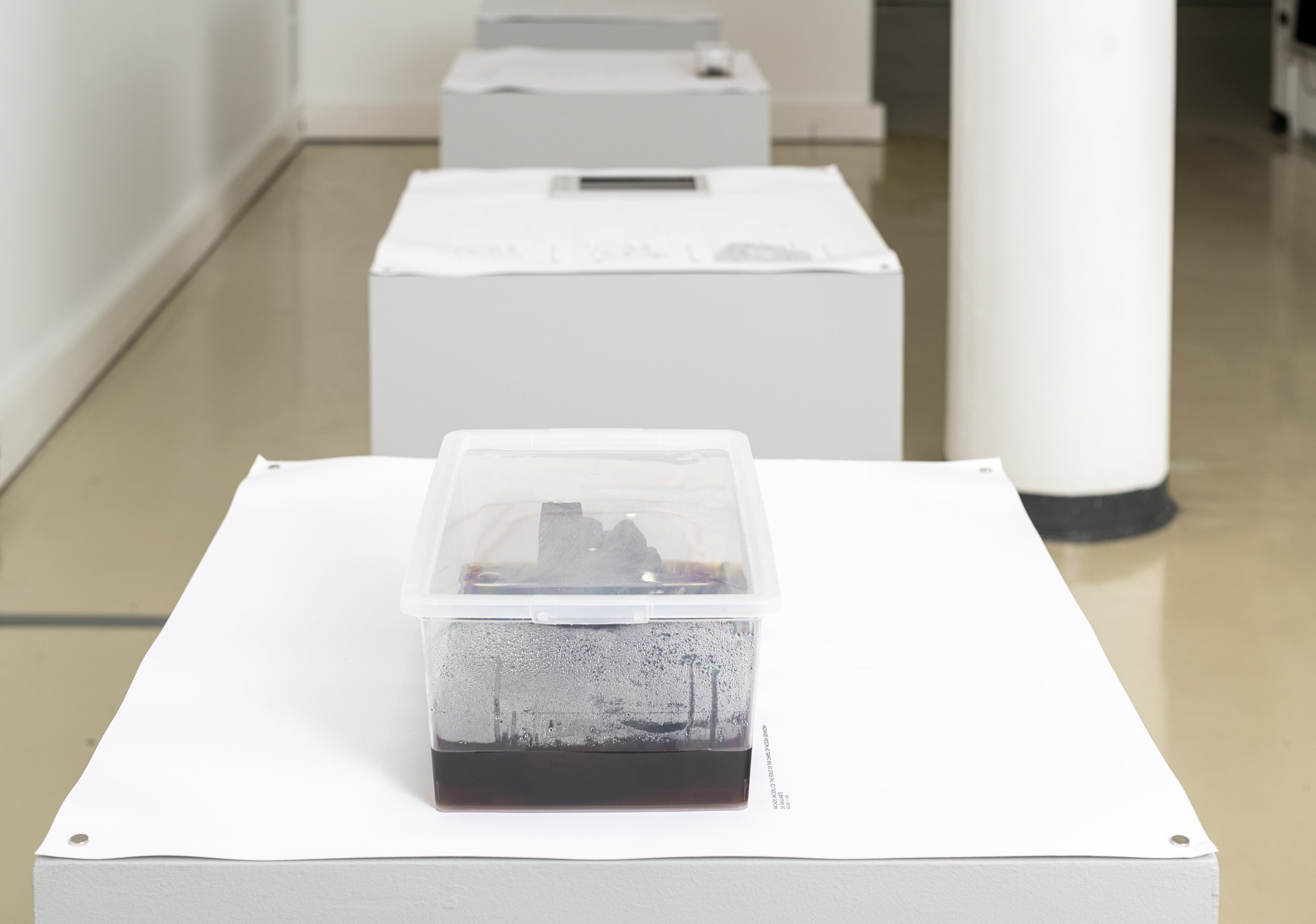
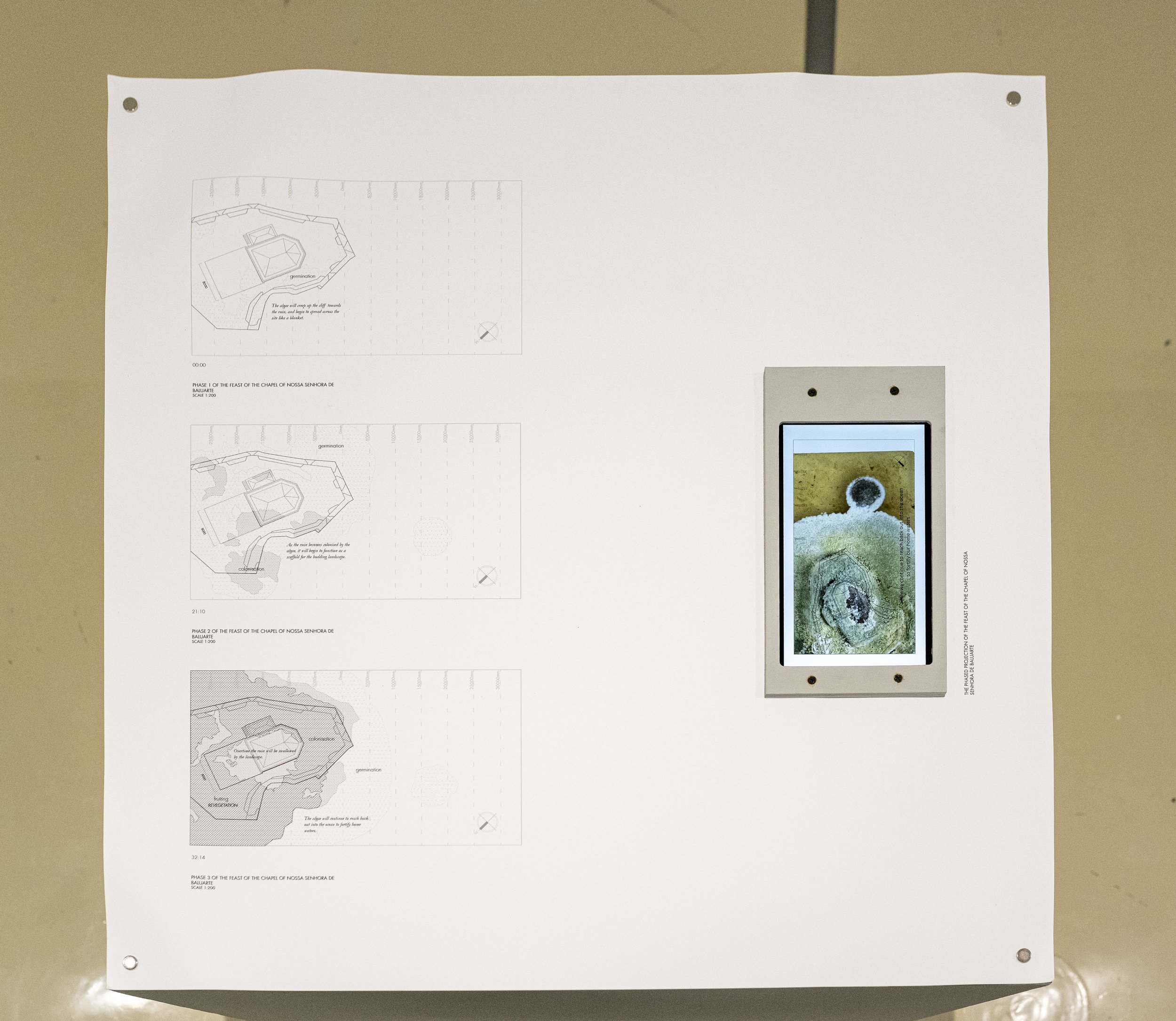
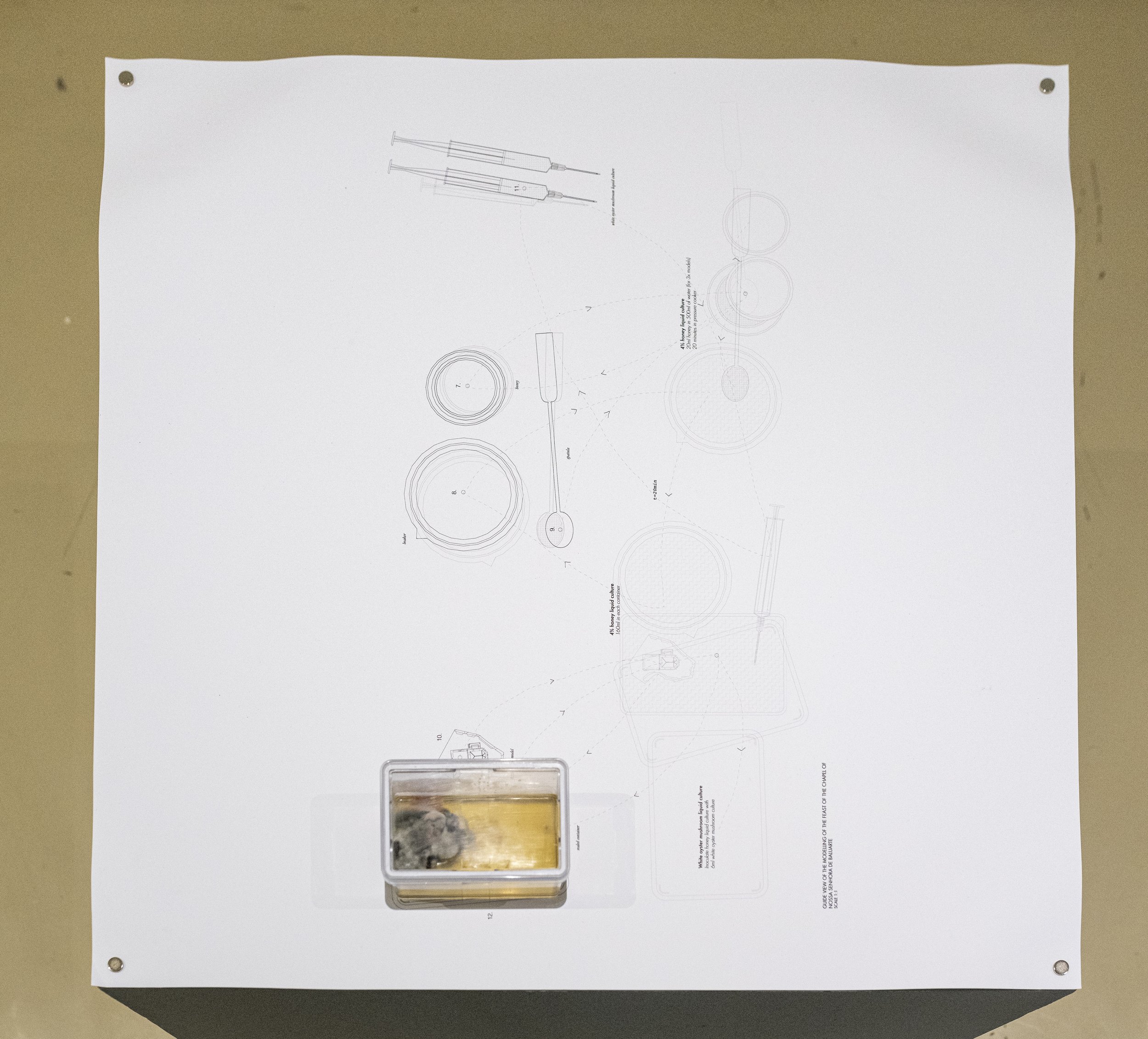
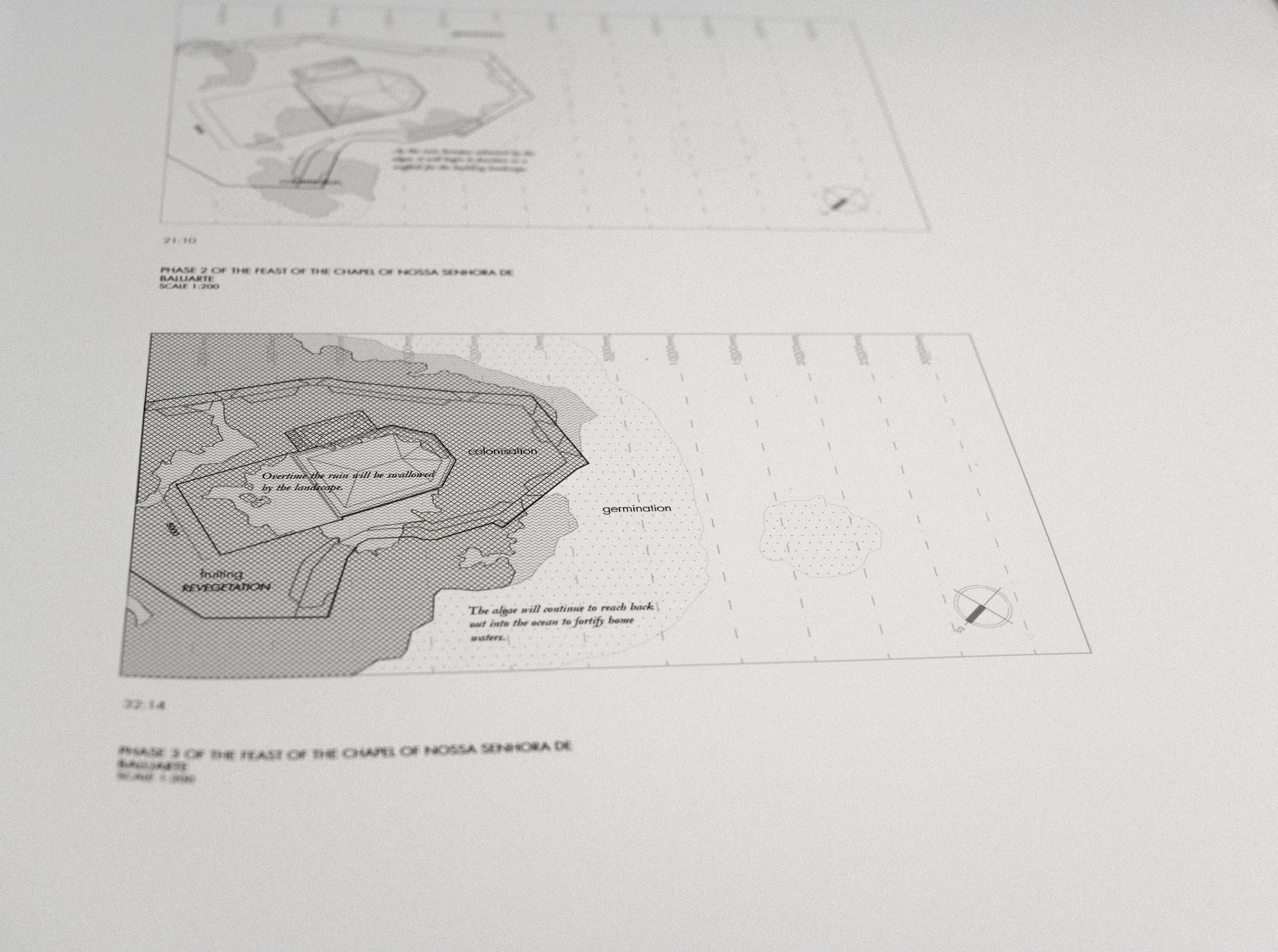
Miliswa Ndziba, Forts of Sand: Reimagining the Aesthetics of Demolition through Worldbuilding (2022), Mycelium, honey liquid culture, cement, brown rice flour and psyllium husk or grass; Digital prints; Dimensions variable



